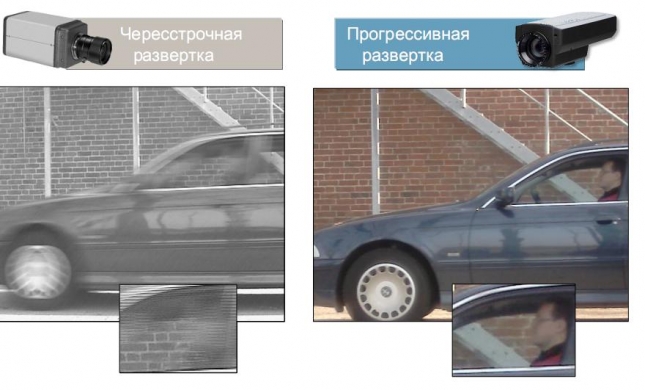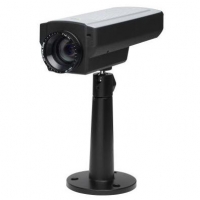10 Most Important Advantages of Network IP Cameras Over Analog Cameras. Part 1.
10 Most Important Advantages of Network IP Cameras Over Analog Cameras. Part 1
Only with the help of a video surveillance system can security personnel promptly respond to various emergency situations, and only a video surveillance system can subsequently help identify the intruder. However, analog video surveillance systems, despite their widespread use and mass application, have a number of significant drawbacks and inconveniences that IP video surveillance systems are free from. Network IP cameras use modern technologies that allow achieving significant advantages over analog cameras. In this article, we will try to reveal all the advantages of network video surveillance.
1. Interlaced scanning VS progressive scanning.
As is known, the television standards in which analog CCTV cameras transmit video use interlaced scanning. This means that the image we see does not consist of a stream of 25 frames per second, but of 50 «half-frames». That is, first the image is taken from the odd lines on the matrix that forms the image, then from the even ones. The difference in the formation time of the «even» and «odd» half-frames is about 20 milliseconds. This is not much for a static picture, but on moving objects there is a «comb effect»:

As you can see in the picture, the part of the frame that remains static is displayed normally, but the car (and especially the driver's face) cannot be seen or subsequently identified with certainty.
IP cameras use progressive scanning, which means that the video image is captured from the matrix in its entirety and is displayed on the screen in its entirety, without reference to any television standards.
Of course, in the field of CCTV video surveillance there are certain methods for combating the «comb effect» — for example, this is the use of the deinterlacing function — mathematical algorithms that calculate changes between half-frames and «restore» the original image. These calculations are performed on the DVR side and, as a rule, load its processor quite heavily.
In IP cameras, you immediately get a clear, unblurred, complete picture with a high degree of detail without any unnecessary computing loads.
Author: Dmitry Morozov, Personal and Business Security
